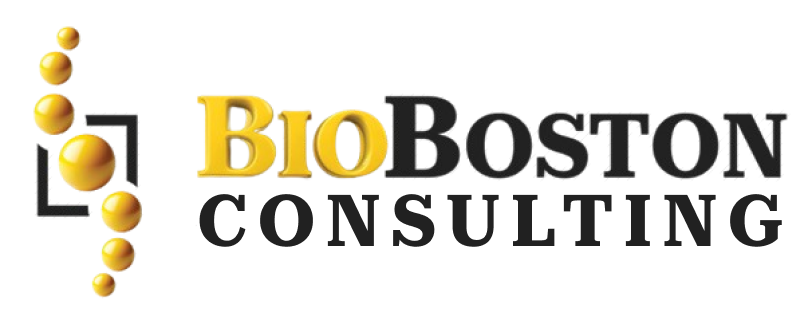“Learn how Corrective and Preventive Action (CAPA) in medical devices drives quality, compliance, and patient safety. Explore CAPA process under Title 21 CFR Part 820.”
Corrective and preventive action (CAPA) is one of the most critical elements of Title 21 CFR Part 820, because it creates a foundation for continuous improvement in the industry.
In a nutshell, Corrective and Preventive Action (CAPA) is defining standardized way to handling the nonconformities and device quality issues. To make proactive identification, investigation and resolution of these challenges; medical device manufacturers must become compliant to achieve higher quality and reliability for their products. This article will focus on the vital importance of CAPA in the world of medical devices, key elements of CAPA, its important role in ensuring product quality and its contribution to patient safety & consumer trust.
CAPA/ Corrective and Preventive Actions enable continuous improvement which is even more significant within the ever-changing medical technologies and patient needs. In this blog, we will discuss the role of CAPA in creating a culture of alertness and adaptability conforming to medical device companies enabling them to respond timely to new challenges and changing regulations. By this continuous improvement philosophy, medical devices manufacturers can stay agile, innovative and adaptable and win the trust and loyalty of both health care professionals (HCPs) and patients.
CAPA — Corrective and Preventive Action
Corrective and Preventive Action, is part of the Quality System Regulation (QSR) for medical devices found in Title 21 CFR Part 820. Corrective And Preventive Action (CAPA) is a systematic approach that manufacturers are required to put in place and preserve, which identifies, investigates, and eliminates the origin of nonconforming products or other quality issues. CAPA ensures corrective measures are taken to increase the safety, quality and compliance of a product while also preventing recurrence of problems.
CAPA Elements in the Pharma Industry-
Analyzing data – the CAPA process must enlist manufacturers to analyze all sources of quality data (be it process, work operation, concession or linked with audit reports/records/rants/service records/campaigns and returns) To identify recurring quality problems, you must be using the right statistical methods. Using the data analysis capabilities, manufacturers can better understand why nonconformities occur and make decisions about how correctives and preventives will get implemented.
Investigation:
If nonconformities related to product, processes, or the quality system are found, manufacturers must carry out investigations to find the sources of these problems. The investigation is the most important step as it lays out the base in which solutions can be created and helps the company avoid similar issues moving forward.
Finding the Actions:
Should you find instances of nonconforming products or other quality problem, your investigation should also identify the specific actions needed to be undertaken to correct and prevent anything from recurring. Such actions may include process modifications, employee training, equipment adjustments or modifications of manufacturing processes.
Validation
Prior to the implementation of corrective and preventive actions, manufacturers shall verify or validate these measures not only for their effectiveness but also because they do not have a negative effect on the finished device. Validation checks whether the intended actions will carry the expected outcomes, and that they all correspond to relevant quality and safety standards of local/no state regulatory bodies.
Implementation and documentation:
Procedures and methods changed to deal with quality issues have to be implemented timeously. The CAPA process requires manufacturers to keep detailed records from investigations, action plans, validations, and changes made to be documented. It helps mediate regulatory compliance, ensures compliance with documentation important for audits and inspections.
Dissemination of information: Information about the quality problems or nonconforming products must be disseminated to those involved in maintaining the product’s quality and/or preventing issues. Transparent communication is indispensable to mitigate potential risks and avoid further aggravation in a timely manner.
Management Review
Relevant information, on all identified quality problems, and proposed corrective & preventive action needs to be presented for management review. This process helps in making informed decisions on sensitive and complex issues.
Significance of CAPA in Medical Device Sector
Corrective and Preventive Action (CAPA) are two key components to ensure that products remain safe and effective in the field in the medical device industry. Manufacturers can avoid expensive recalls, adverse events, and compliance violations by taking a proactive approach to finding and addressing potential problems. Timely and effective CAPA implementation results in greater customer satisfaction, product reliability, and brand image.
Furthermore, it encourages deployment of natural ongoing improvement cycle for entire organization. In doing so, CAPA inspires manufacturers to take preventive actions regarding their processes, systems, and products as a means of continual assessment and improvement toward quality management. In a constantly changing healthcare environment where ensuring patient safety and product performance are of utmost importance, this mindset towards continuous improvement becomes even more crucial.
Conclusion
For any medical device manufacturer, it is crucial to comply with Title 21 CFR Part 820 and implement Corrective and Preventive Action (CAPA) in an effective manner. Manufacturers can ensure patients and users are protected by medical devices, as well as the performance and quality of these devices, through data analysis, appropriate monitoring activities, and implementing subsequent corrective actions. A CAPA is a method for preventing or correcting problems that may already be present in the medical device industry, helping to create an environment of continuous improvement and compliance with regulatory requirements. By treating CAPA as an indispensable part of the quality ecosystem, manufacturers can move ahead of competition into a future where patient health is preserved, and healthcare professionals and consumers trust manufacturing companies to deliver them safe products.
For this and other services we would be happy to help, make your contact with BioBoston Consulting today.


